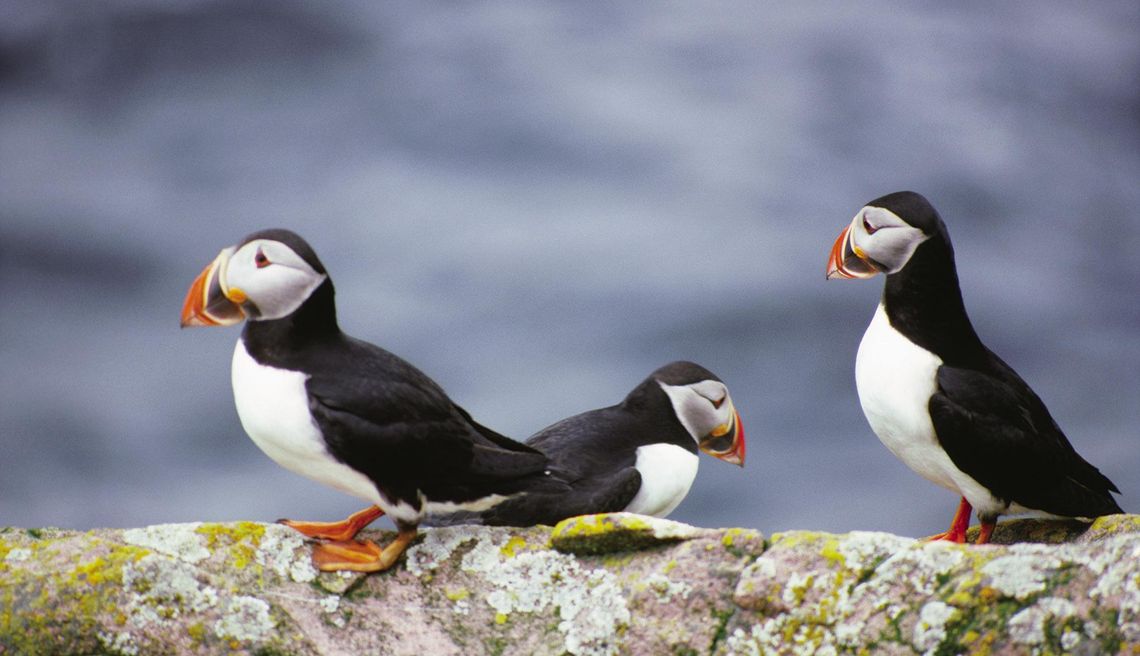People once looked at birds not only as creatures to admire for their beauty, but also as great food to eat.
In the 1800’s, passenger pigeons were killed by the thousands, in part to satisfy the demand from fancy eastern restaurants for the delicacy of baked, stuffed and sauteed pigeon.
I was surprised on a trip to Iceland to find puffins on restaurant menus in Reykjavik, the country’s capital. I was told they tasted a lot like chicken.
PLEASE LOG IN FOR PREMIUM CONTENT. Our website requires visitors to log in to view the best local news.
Not yet a subscriber? Subscribe today!









